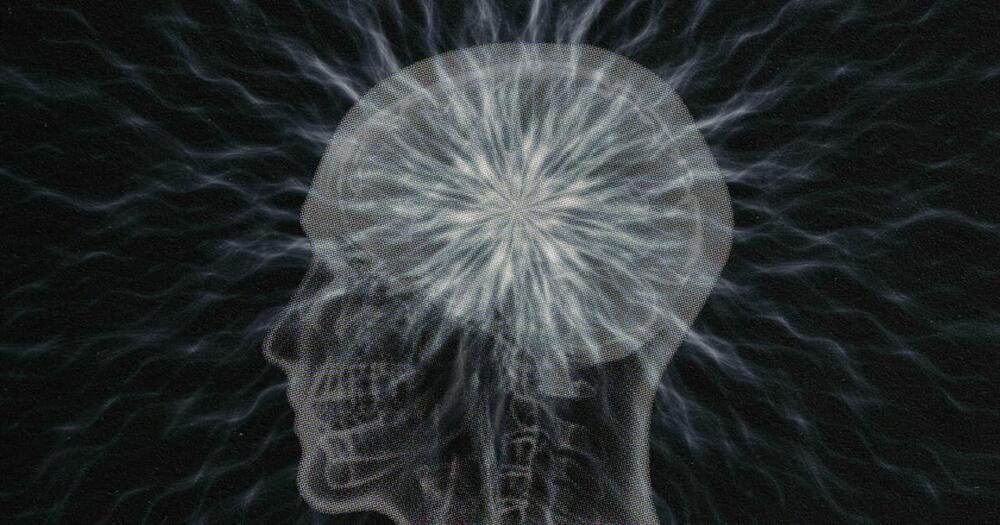It strikes me as contradictory that the scientific community will say that we don’t know what dark matter is, but be happy to state things like “dark matter makes up about 85% of the cosmos” (source: phys.org)
Is there something wrong with the way I’m thinking about this? If MOND is correct for example, which seems to be a possibility still, wouldn’t this mean that the statement about dark matter making up a certain percentage of the universe be false?








